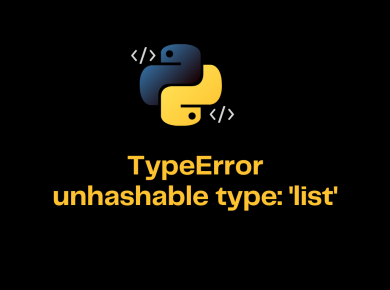Python String casefold() method is used to implement caseless string matching. Case folding is similar to lowercasing but more aggressive because the casefold() function is more aggressive as it converts all string characters to lowercase. It is intended to remove all case distinctions in a string.
Syntax
The syntax of casefold() method is:
string.casefold()
Parameter
The casefold() function does not take any parameters.
Return Value
The casefold() function returns a copy of the case folded string, i.e., the string is converted to lowercase. It doesn’t modify the original string.
Difference between casefold and lower in Python
The lower() method converts all the uppercase characters in a string to lowercase characters, while the casefold() method converts all the string characters into lowercase. In General, the casefold() method removes all case distinctions present in a string.
For example, the German lowercase letter ‘ß‘ is equivalent to “ss“. Since ‘ß‘ is already lowercase, the lower() method would do nothing to ‘ß‘; however, casefold() still converts it to “ss“.
Example 1: Convert string to lowercase using casefold() method
text = "PYTHON CASEFOLD EXAMPLE"
# Prints the lowercase string
print ("Lowercase string is:", text.casefold())Output
Lowercase string is: python casefold exampleExample 2: Compare strings using casefold() method
str1 = "Pythonß"
str2 = "Pythonss"
# ß in german is equivalent to ss
if str1.casefold() == str2.casefold():
print('The given strings are equal.')
else:
print('The given strings are not equal.')Output
The given strings are equal.
![[Solved] Syntaxerror: Positional Argument Follows Keyword Argument 2 Syntaxerror: Positional Argument Follows Keyword Argument](https://itsmycode.com/wp-content/uploads/2022/03/SyntaxError-Positional-argument-follows-keyword-argument-390x290.png)



![[Solved] Numpy.ndarray Object Is Not Callable Python 6 [Solved] Numpy.ndarray Object Is Not Callable Python](https://itsmycode.com/wp-content/uploads/2021/11/Solved-NumPy.ndarray-object-is-Not-Callable-Python-390x290.png)